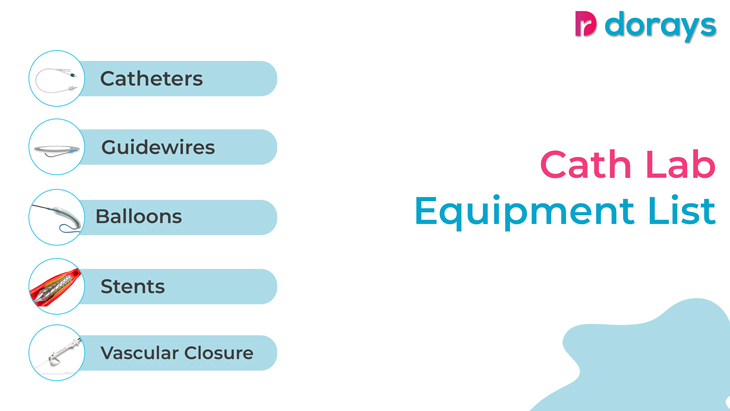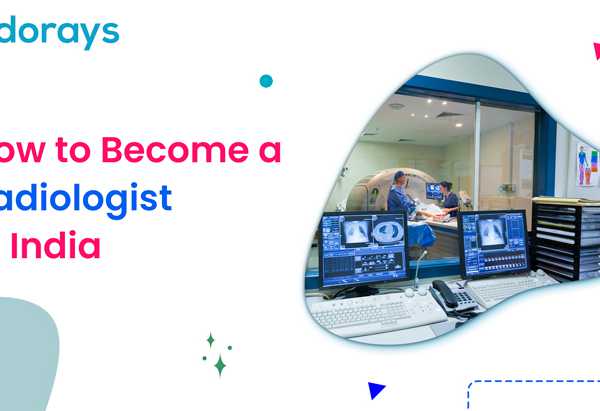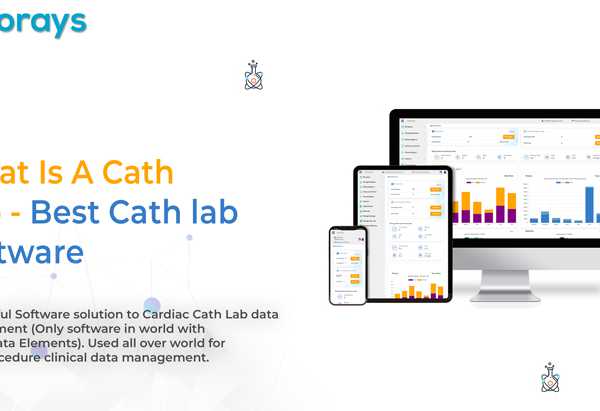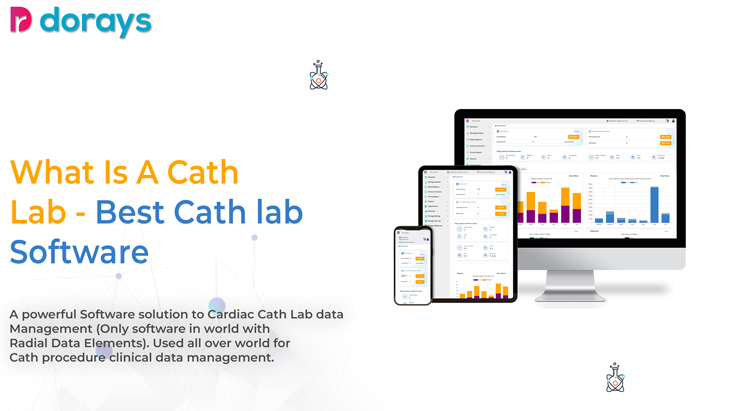Cath Lab Equipment List: The term “cath lab” brings back to our mind some images from science fiction films. The way that professionals use these areas is somewhat futuristic.
Patients with cardiac issues are treated minimally in cath laboratories rather than undergoing major surgery or other invasive treatments. In this blog, we shall check out the various equipment required to set up a cath lab.
Why do you need a cath lab?
Cath lab is a crucial component of treating heart issues. A catheterisation laboratory, sometimes known as a cath lab, is a procedural hospital room where tests and operations with a low risk of infection are carried out to identify and treat cardiovascular illness.
Catheters are small, flexible tubes used in procedures carried out in a cath lab, hence the name. These catheters might be used instead of surgery to reach the heart and blood vessels.
Equipment for Cath Lab – Cath Lab Equipment List
A Cath Lab with an Angiography X-Ray system is the most basic equipment needed in a cardiac unit. In India today, adopting these other cutting-edge technologies is less common. It is based on the volume and complexity of the hospital’s patient cases. Following is the list of equipment required for a cath lab.
- (IVUS) Intravascular ultrasound for the sonographic visualisation or OCT for Optical Visualization of coronary stenosis.
- Fractional Flow Reserve (FFR) or Intracoronary pressure measurements using pressure wires are utilised to assess the severity of coronary stenosis. Cardiac CTs are also common for FFR measurements in a non-invasive manner.
- Ablation equipment for the removal of scar tissue as part of device lead extraction procedures involving ICD devices and pacemakers or Rotablator for atherectomy (An atherectomy is a process that uses a catheter with a sharp blade at the end to take away plaque from a blood vessel)
- Electrophysiology equipment for the treatment of cardiac arrhythmias and invasive diagnosis.
- 3D mapping systems allow accurate visualisation and 3D guidance during processes to treat pulmonary vein isolation and complex cardiac arrhythmias.
- Robotic navigation devices are utilised to treat pulmonary vein isolation and complex cardiac arrhythmias.
- Fibrillator
What should a patient expect from their time in a Cath lab?
Procedures in cath labs normally take one to three hours. Complex procedures could take longer. Due to preparation and recovery time, your appointment duration may increase by four to ten hours or even longer.
A vein in the patient’s arm will be used to insert an IV line before the treatment. The body will get sedative drugs directly from the IV. Additionally, the region where the treatment will be performed will be cleaned and shaved by a nurse. The procedure will begin after the patient is taken to the cath lab. Other things to expect from a cath lab:
- To prevent major bleeding and to give the artery time to heal, you must lie flat for many hours following the procedure if the groin was used.
- Your doctor will advise you if you can come back home or will have to stay overnight. In either scenario, you will be supervised for several hours in a recovery area after the procedure.
- After the surgery, don’t exert yourself; plan to take a few days off work.
- Ask any inquiries you have and express any worries. Making the visit as comfortable as possible is the care team’s responsibility.
Final thoughts
When setting up a new cath lab or refurbishing the old one, it is essential to know the right cath lab equipment you need to have for the smooth functioning of your practice. This cath lab equipment list will get you started without any worries.




Leave a Comment